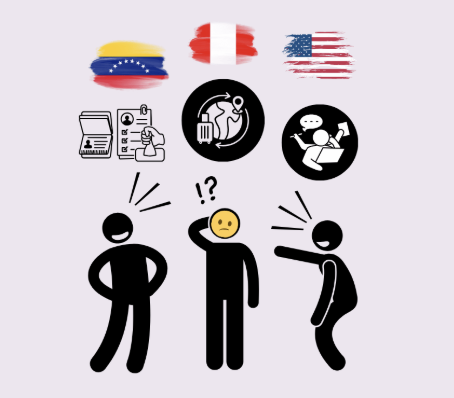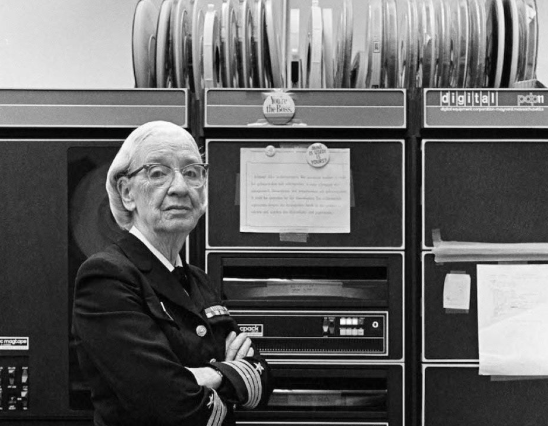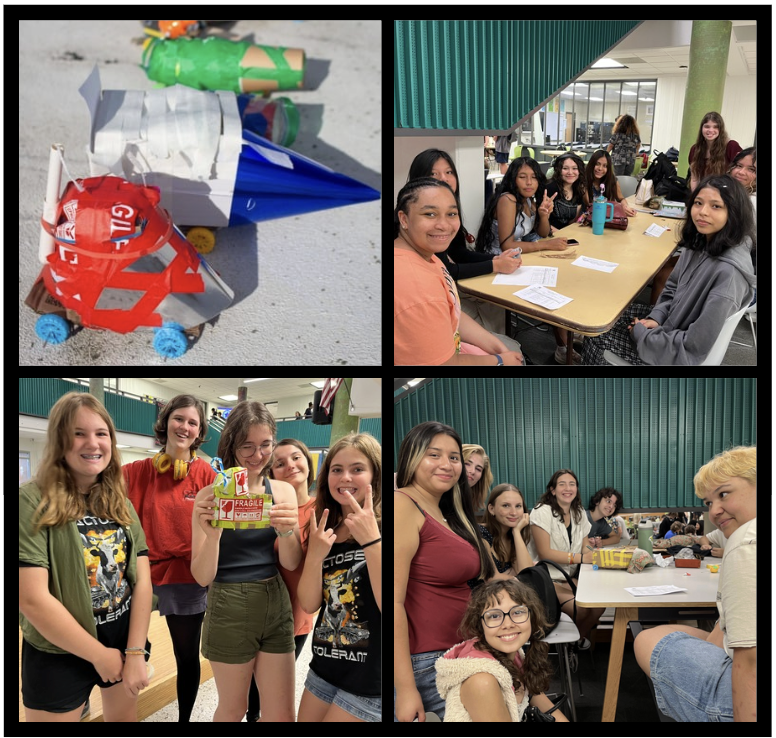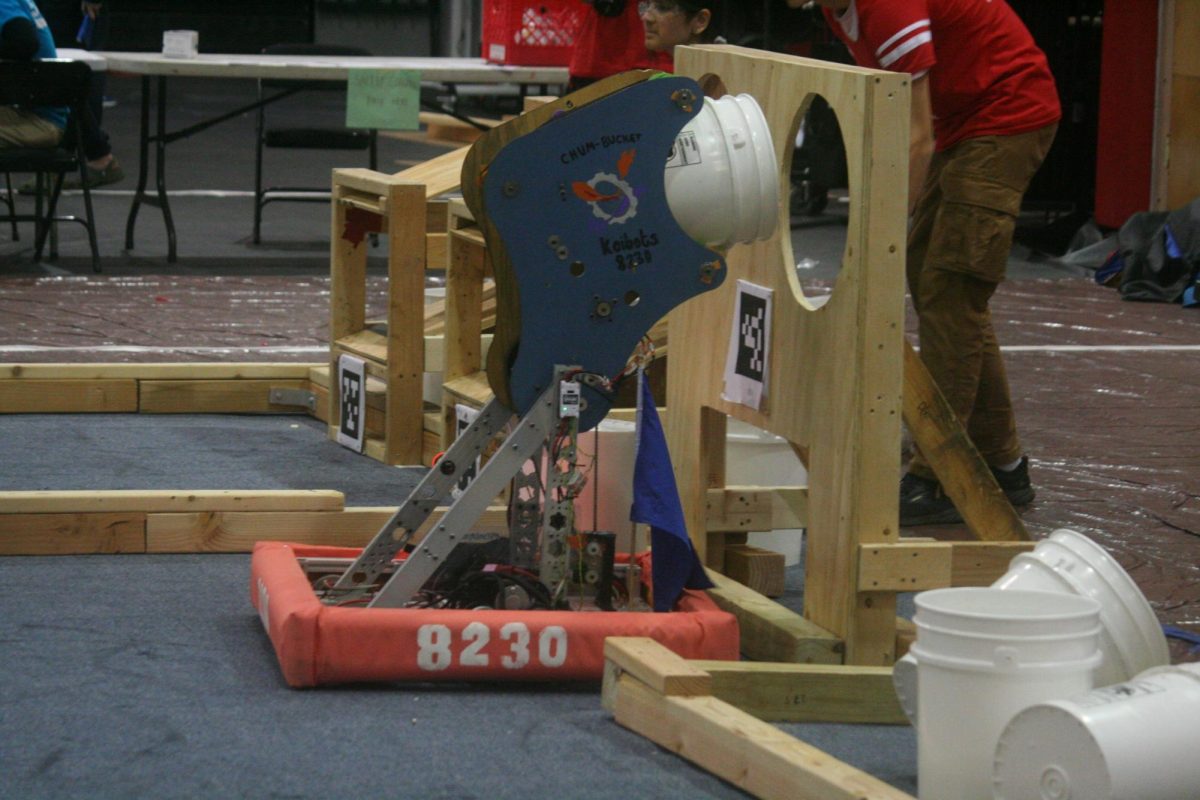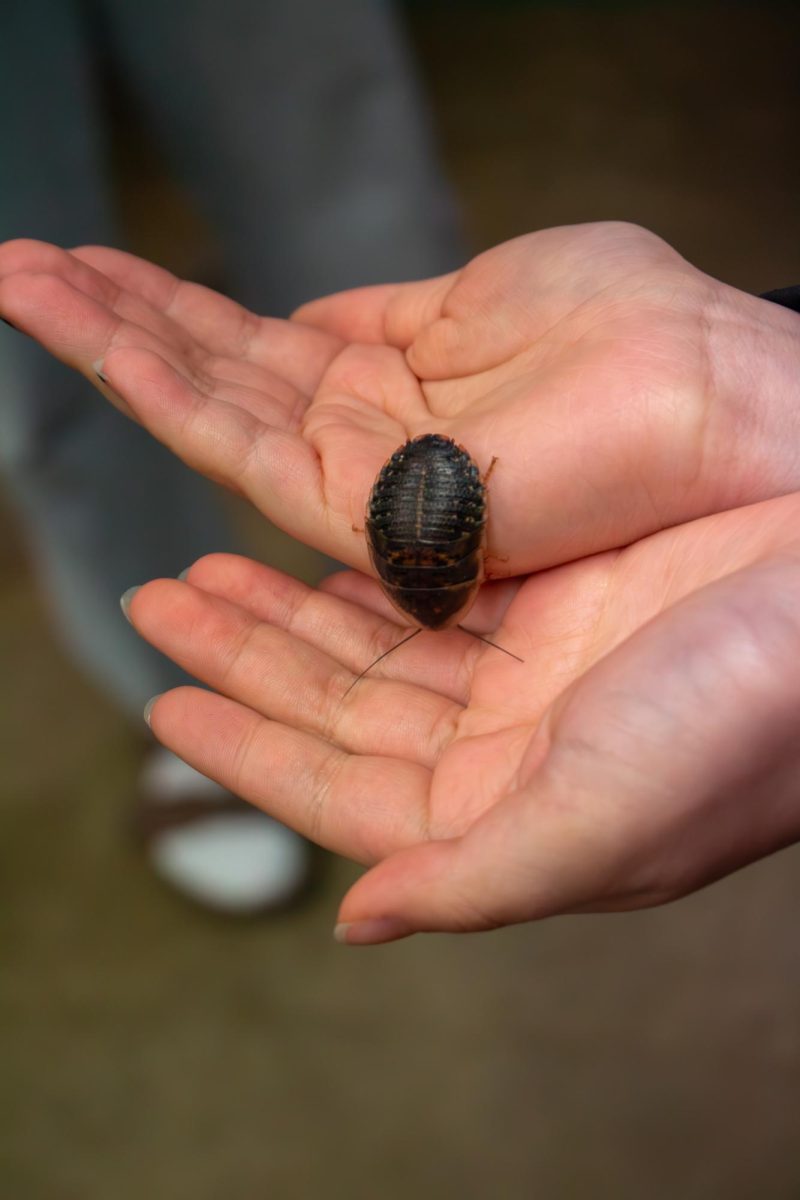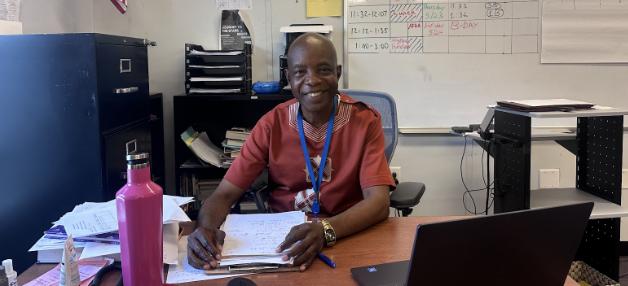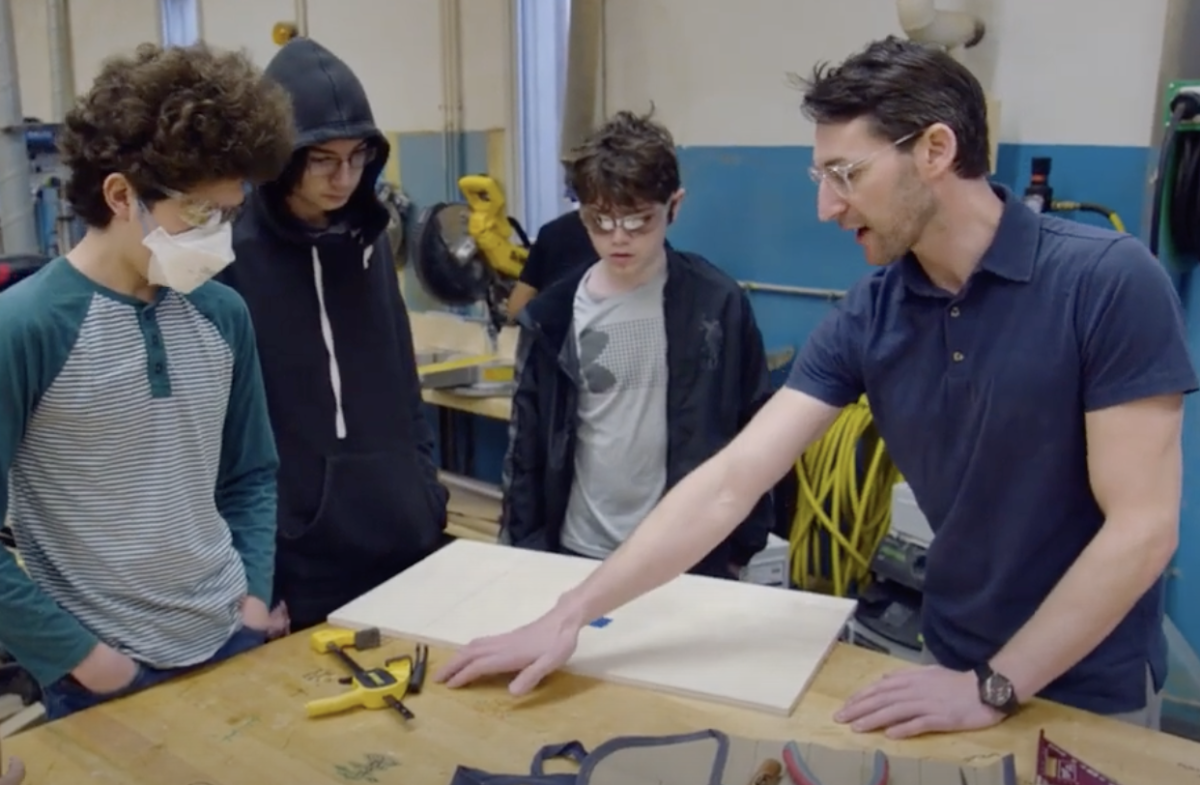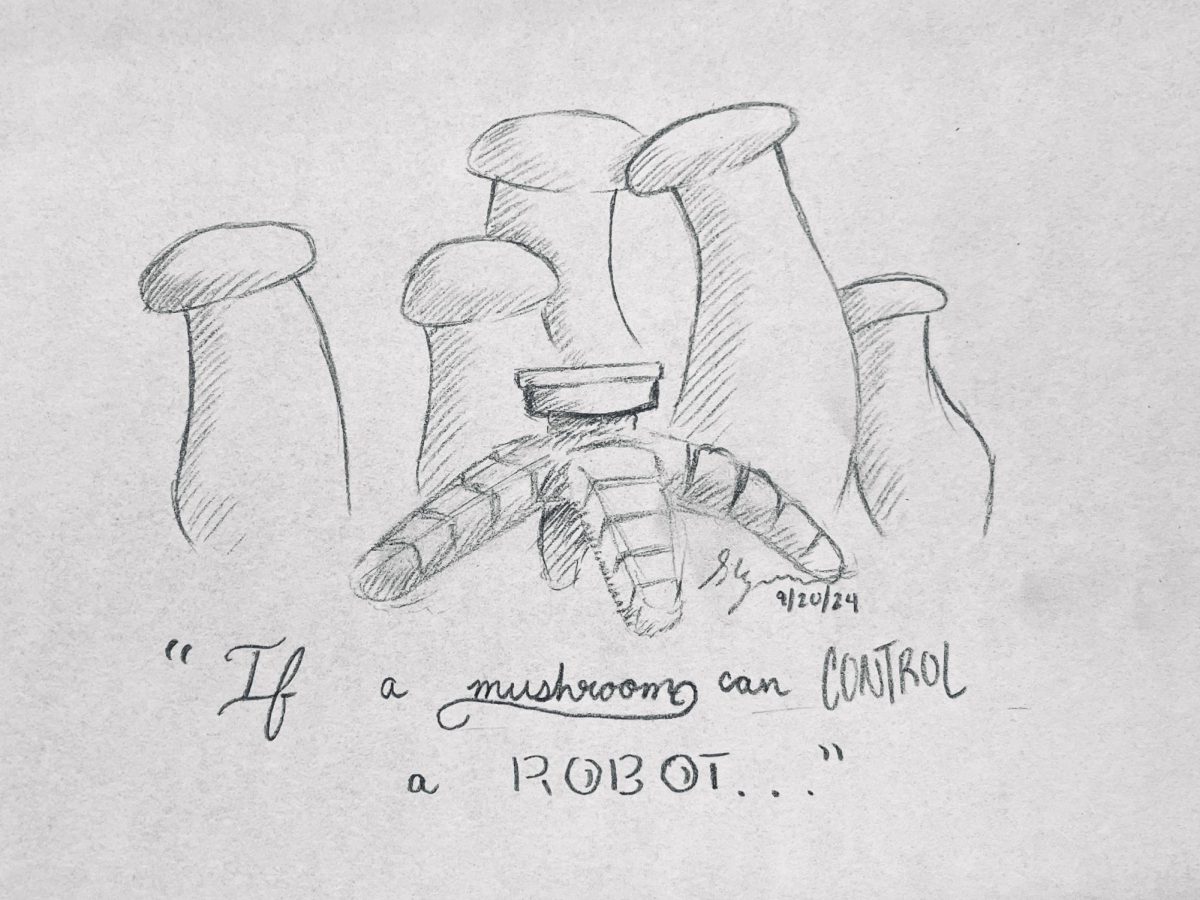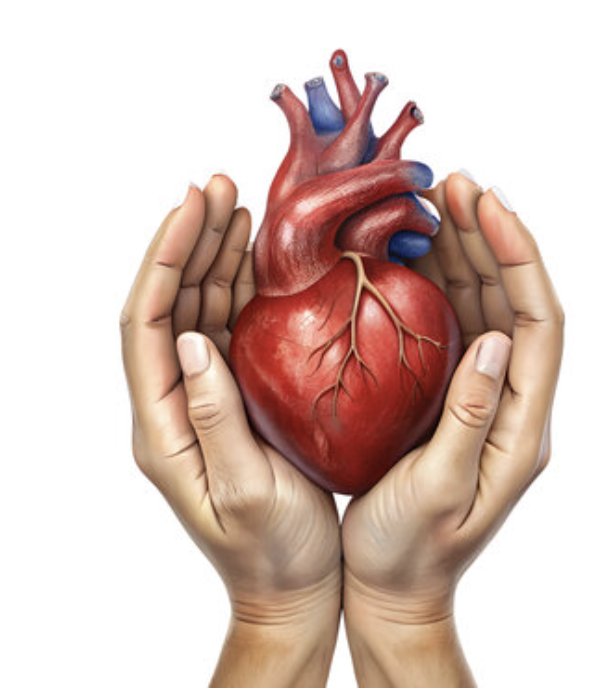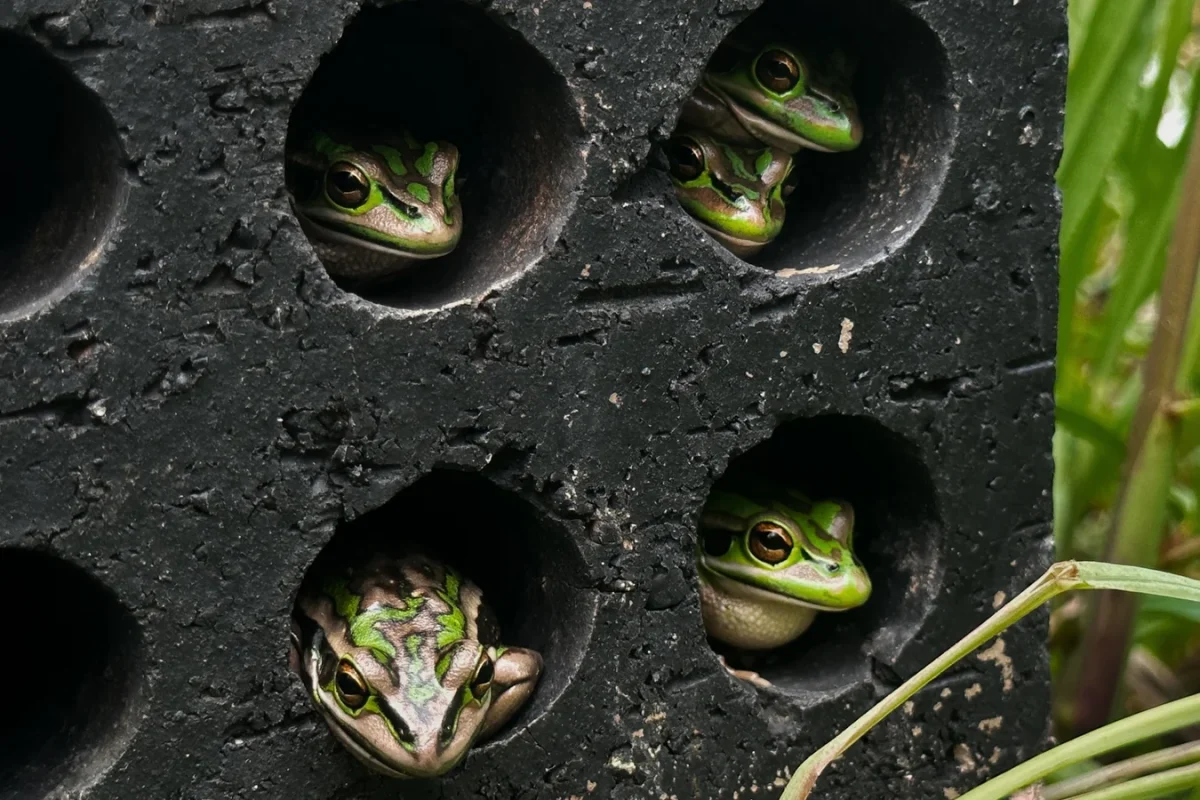Thousands and thousands of enzymes are present in the human body, yet few students know the full extent of what they are and what they can do. Found in just about every organism, enzymes are used to speed up chemical reactions. Whether it be breaking down substances or creating new ones, they act as a catalyst and greatly decrease the activation energy required for the reaction. Typically a protein, an enzyme functions by having an active site where a substrate binds, then the enzyme triggers the reaction and creates the products. These products are now different from the original substrate and thus no longer bind to the enzyme.
Let’s take a look at some examples of various enzymes in our body.
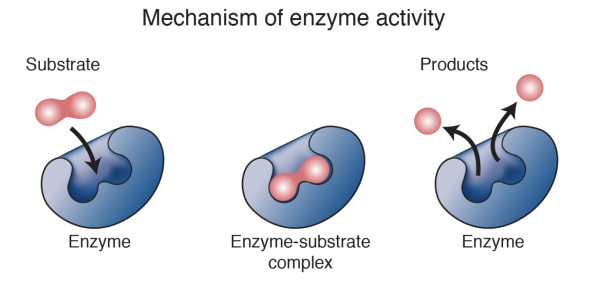
Maltase
Commonly found in bacteria, plants, and yeast, maltase is an enzyme designed to break down maltose into glucose. As a disaccharide, maltose is made of two simple sugar molecules, which in this case are both glucose. The maltase catalyzes a hydrolysis reaction, or the breakdown of a compound by adding a water molecule, into its two glucose parts, allowing for easier digestion. In humans, it is suspected to be synthesized by cells in the lining of the intestines, creating glucose to be used in the body or stored as glycogen.
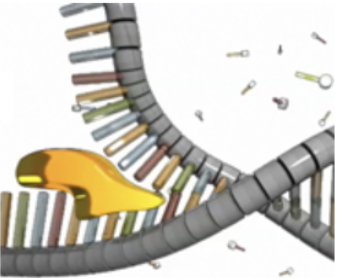
Helicase
Helicase comes in two forms, DNA and RNA. Due to its double-stranded structure, DNA needs to be split so it can be used as a template and be used to create its new copy. This is where helicase comes in, wedging itself in between the two strands and unzipping them both. RNA helicases are used in shaping the RNA molecules in processes such as transcription, splicing, and translation.
Phosphofructokinase (PFK)
To discuss what makes phosphofructokinase (PFK) so interesting, we must first understand how enzyme inhibition works. Inhibitors are molecules with the ability to decrease or stop enzyme activity. This is either competitively, by binding to the active site in place of the substrate, or allosterically, binding to another site on the enzyme but still halting activity. Now PFK is used in glycolysis, which is a series of reactions that extract energy from glucose. This produces ATP, the body’s main form of energy. When the ATP produced builds up, it can bind to another part of PFK allosterically inhibiting it. But when the concentration of ATP goes back down, it detaches and allows for glycolysis to resume. This creates a feedback loop where the enzyme is able to self-regulate and maintain functionality.
No matter if they are digesting food or replicating your cells, enzymes are everywhere. These three examples are just the tip of the iceberg when it comes to the various types found in our bodies. Understanding how your body works is the first step to making healthy choices when it comes to metabolism and other processes. At ACC, freshman biology will cover the basics but for a much more in-depth look take DE Biology with Ms. Cupero to go deeper into our cellular processes. No matter how much you use this information during your day-to-day, understanding what makes you move goes a long way into understanding what makes you human.









